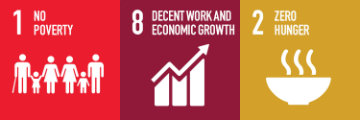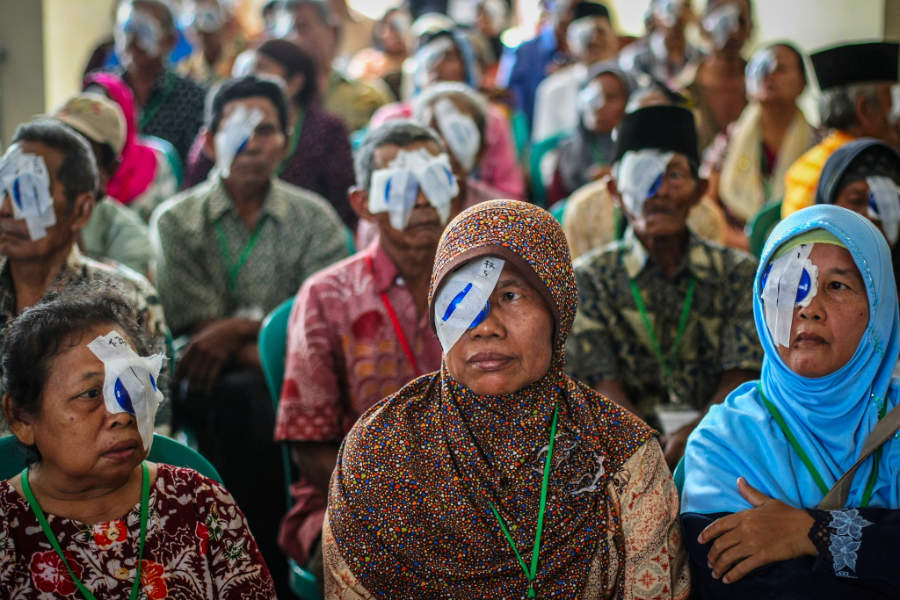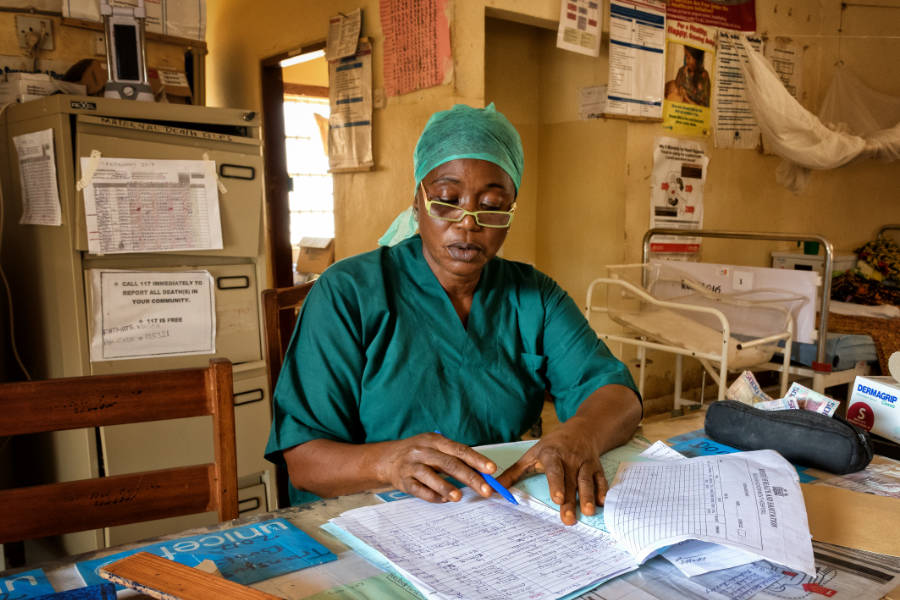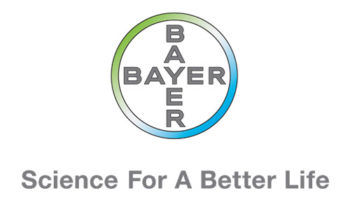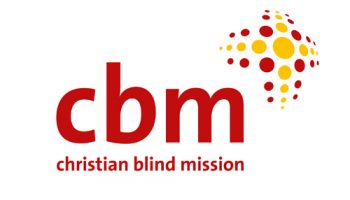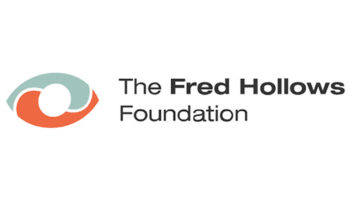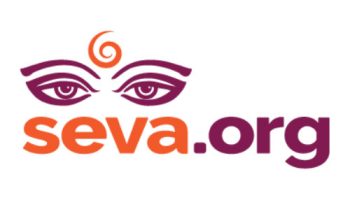- Burton, M., Ramke, J., Marques, A., Bourne, R., Congdon, N., Jones, I. et al. Lancet Global Health Commission on Global Eye Health: Vision Beyond 2020. The Lancet Global Health (2021).
- Finger, R. P. et al. The Impact of Successful Cataract Surgery on Quality of Life, Household Income and Social Status in South India. PLoS One 7, e44268 (2012).
- Kuper, H. et al. Does Cataract Surgery Alleviate Poverty? Evidence from a Multi-Centre Intervention Study Conducted in Kenya, the Philippines and Bangladesh. PLoS One 5, e15431 (2010).
- Kuper, H. et al. Does cataract surgery alleviate poverty? evidence from a multi-centre intervention study conducted in Kenya, the Philippines and Bangladesh. PLoS One 5, (2010).
- Reddy, P. A. et al. Effect of providing near glasses on productivity among rural Indian tea workers with presbyopia (PROSPER): a randomised trial. Lancet Glob. Heal. 6, e1019–e1027 (2018).
Join a powerful, unprecedented alliance for better eye health for all.
Join IAPB
